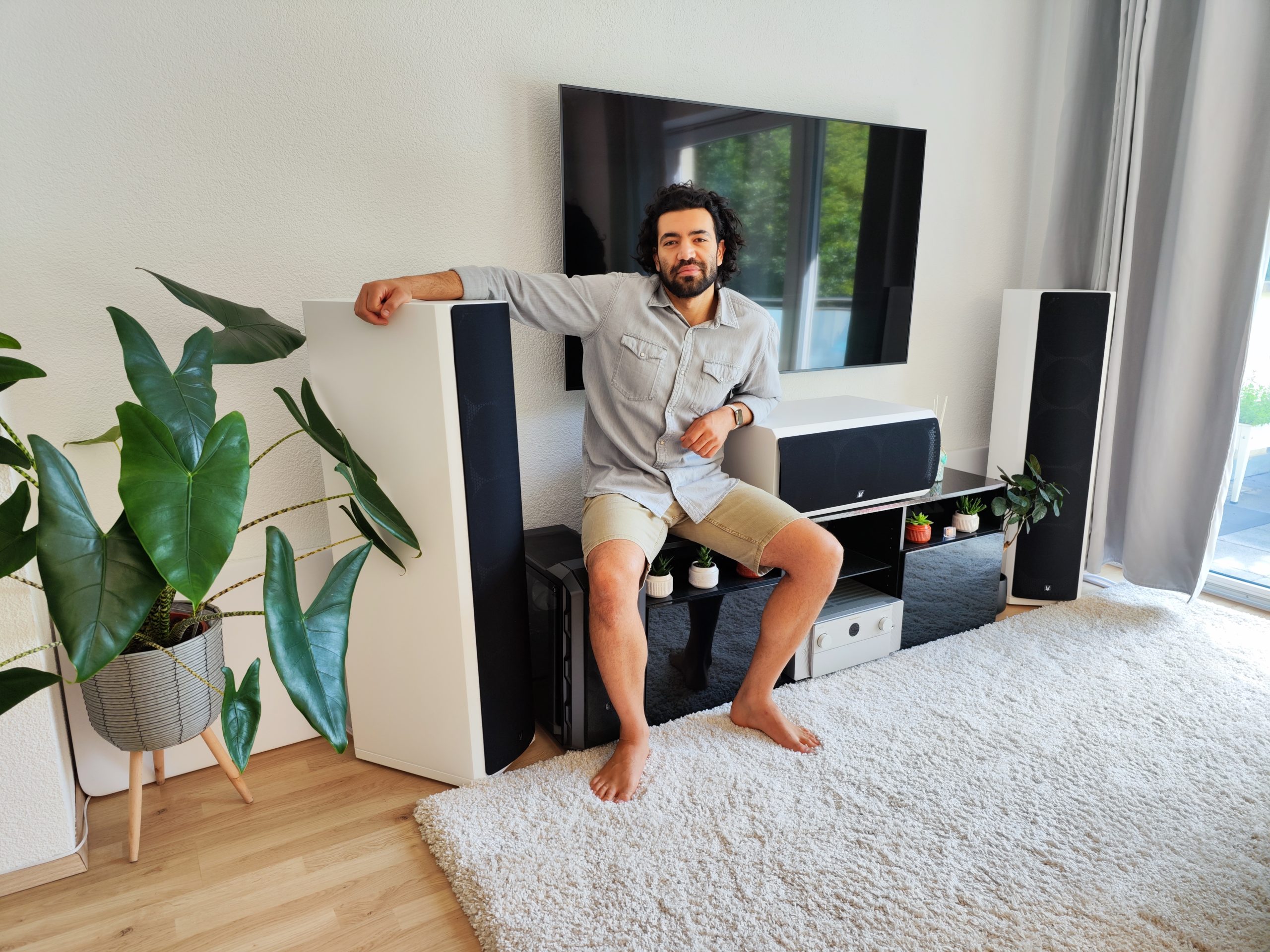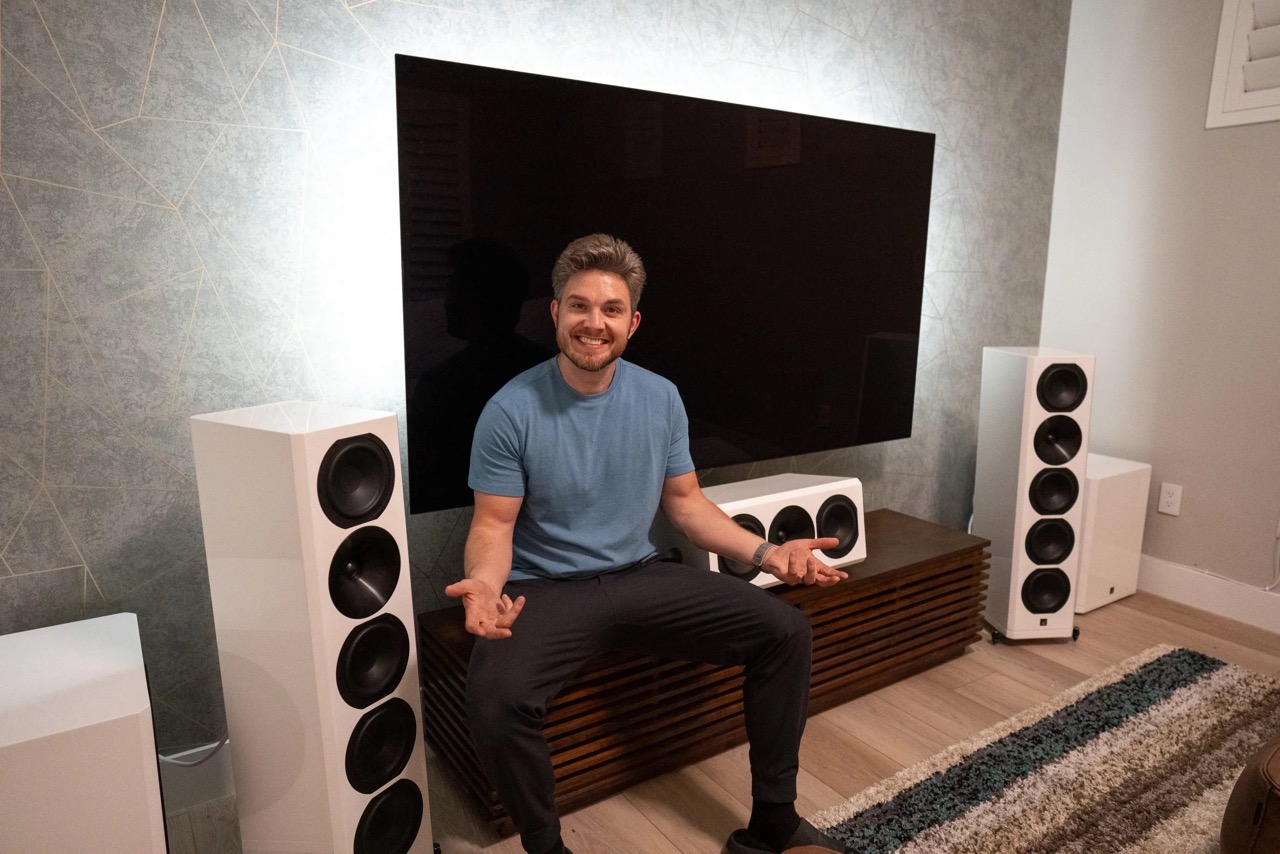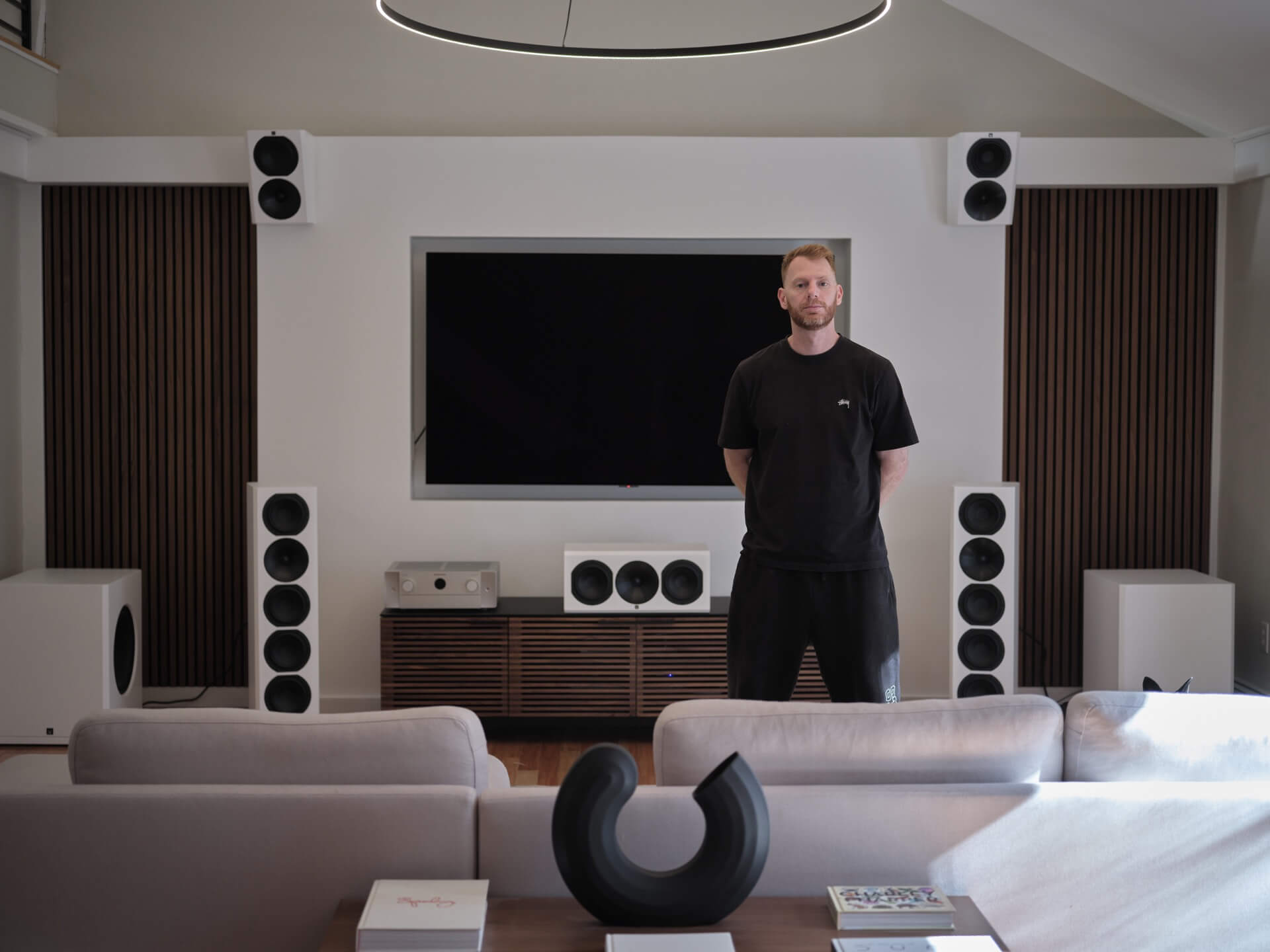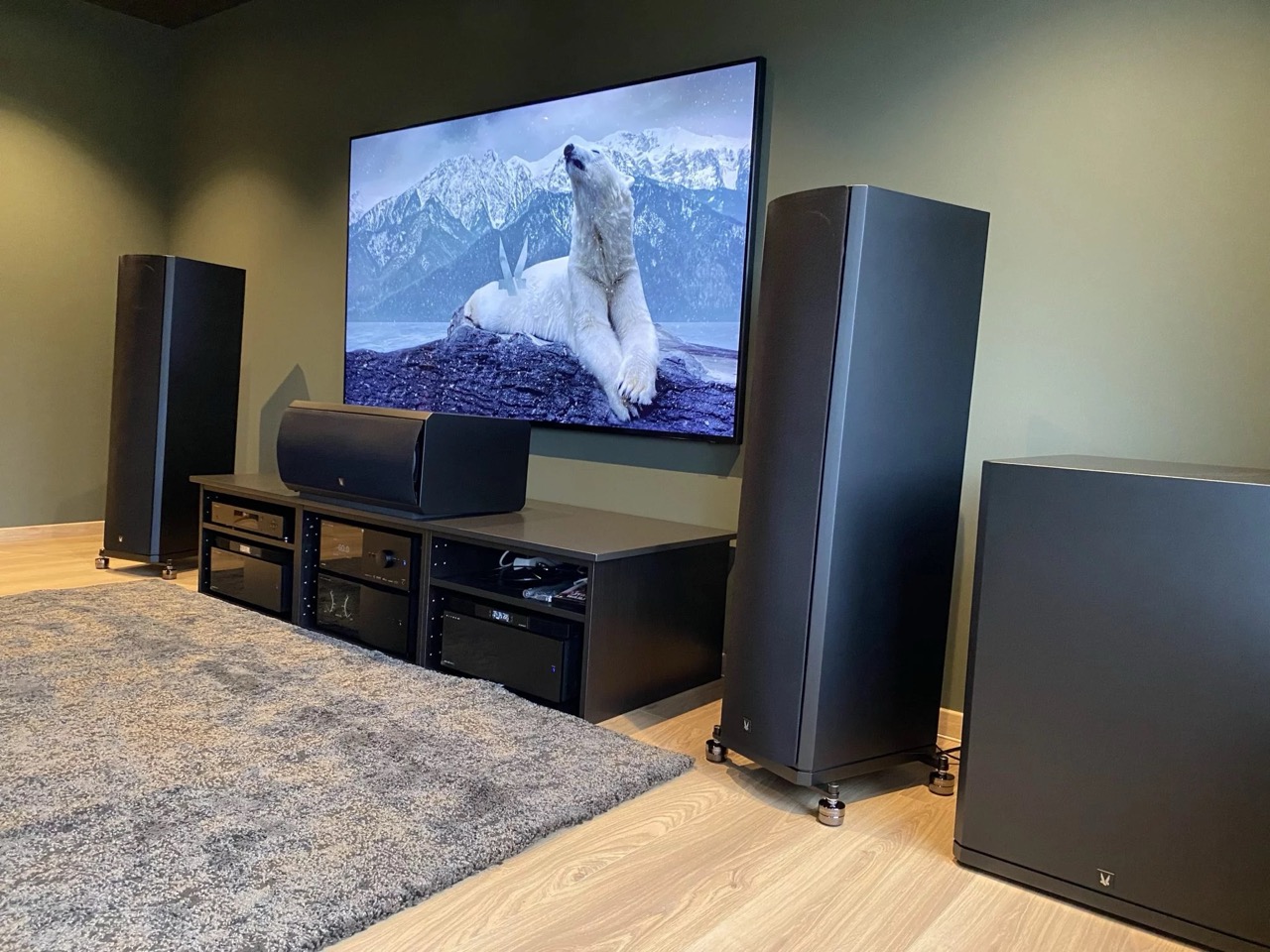Basics of Soundproofing
Article summary
- Soundproofing boosts audio quality and prevents sound leakage in your home theater.
- Effective techniques include adding mass, damping, and decoupling for better noise control.
- Acoustic panels, bass traps, and diffusers are essential materials for a balanced sound environment.
- Placement and quality of soundproofing materials matter; consider professional help if needed.
- Enhance your audio-visual setup with the 1528 Tower 8 for a richer sound experience.
Creating your ideal home theater involves not just great video and sound equipment, but also excellent room conditions. A critical part of this is soundproofing, which enhances your audio experience while also keeping sound contained to avoid disturbing others. This article will guide you through soundproofing basics that are easy to implement, even for beginners.
The Importance of Soundproofing
Soundproofing your home theater grants several benefits such as boosting the audio quality and preventing sound leakage. This section will highlight the importance of soundproofing in a home theater setup.
Enhanced Audio Experience
High-quality soundproofing helps manage sound reflections within your home theater. It results in clear dialogues and pure, rich tones from your audio system, enhancing your overall audio experience.
Privacy and Noise Control
With proper soundproofing, you can enjoy your movies or music without disturbing others in your house or neighbors. It also helps prevent outside noise from intruding on your immersive cinema experience.
Understanding Basic Soundproofing Techniques
Now that we understand why soundproofing matters, let’s get into the basic techniques of soundproofing your room. These steps are designed to be beginner-friendly and easy to implement.
1. Mass and Density
Adding mass to your room’s walls, floor, and ceiling can help prevent sound transmission. Materials like mass-loaded vinyl or extra drywall layers can be effective.
2. Damping
Damping involves using specific materials that absorb sound waves to reduce their energy. Damping compounds can be applied between layers of drywall to improve soundproofing.
3. Decoupling
Decoupling is another technique where you separate structural parts of your room to prevent sound transmission. This process can be slightly more complex and might require professional assistance.
Selecting Soundproofing Materials
Picking the right soundproofing materials is crucial to ensuring effective noise control. Here are some options you might consider, keeping in mind your room’s specific requirements.
1. Acoustic Panels
Acoustic panels help reduce sound reflections in your room, enhancing your audio system’s effectiveness. They come in many varieties like foam, fiberglass, or fabric wrapped panels.
2. Bass Traps
Bass traps are designed to manage low-frequency sound and prevent bass from booming and muddying other sounds. They are generally placed in corners where low-frequency sound tends to accumulate.
3. Diffusers
Diffusers scatter sound waves in various directions, reducing echo and delivering a more balanced sound in your room. They can be made of wood, polystyrene, or other materials.
Installation Tips and Guidelines
Installing your soundproofing materials correctly is just as important as selecting them. Here are some beginner-friendly guidelines for effective installation.
1. Placement Matters
It’s crucial to install your materials at the right locations for maximum effectiveness. For example, acoustic panels should typically be placed at reflection points, while bass traps go in corners.
2. Prioritize Quality over Quantity
Putting up more panels doesn’t necessarily mean better sound. It’s more important to opt for high-quality materials and place them effectively.
3. Consider Professional Help
If you find the process overwhelming, consider hiring professionals. They have the required expertise and can ensure the job is done correctly and safely.
Soundproofing is a critical aspect of building an effective home theater. By understanding its importance, mastering basic soundproofing techniques, choosing suitable materials, and following proper installation guidelines, you can enhance your home cinema experience and maintain a peaceful environment in your home.
Frequently asked questions
Why is soundproofing important for a home theater?
Soundproofing enhances audio quality and prevents sound leakage, allowing for a clearer audio experience and maintaining privacy while enjoying your films or music.
What are basic soundproofing techniques for beginners?
Beginner-friendly techniques include adding mass to walls with materials like extra drywall, using damping compounds to absorb sound waves, and decoupling structural parts of the room.
What materials are best for soundproofing a home theater?
Effective soundproofing materials include acoustic panels for sound reflection reduction, bass traps to manage low-frequency sound, and diffusers to minimize echo.
Where should I place soundproofing materials?
Install acoustic panels at reflection points, bass traps in corners, and diffusers to scatter sound waves for optimal performance in your home theater.
Is it better to have more soundproofing materials or higher quality ones?
Prioritize quality over quantity; using fewer high-quality materials placed effectively yields better results than simply adding more panels.
Should I hire a professional for soundproofing installation?
If the soundproofing process feels overwhelming, hiring professionals can ensure the installation is done correctly and effectively.
How can soundproofing improve my audio experience?
Effective soundproofing manages sound reflections, leading to clear dialogues and richer tones from your audio system, significantly enhancing your overall experience.
Can soundproofing prevent outside noise from disturbing my home theater?
Yes, proper soundproofing keeps outside noise from interfering with your movies, allowing for an immersive cinema experience without distractions.
What are acoustic panels made of?
Acoustic panels can be made from various materials, including foam, fiberglass, and fabric-wrapped options, designed to reduce sound reflections in your theater.








